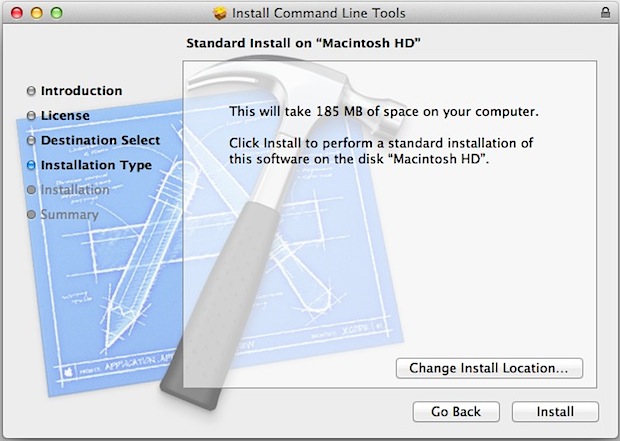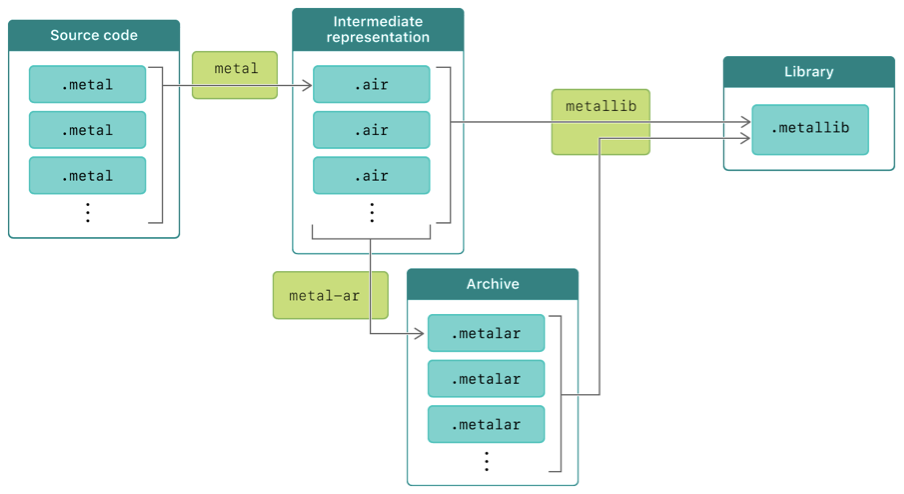

It is fine to choose Don't Allow since VS Code does not need access to those folders. " This is due to the new privacy protections in Mojave discussed above. Out of the box VS Code adds actions to navigate in editor history as well as the full Debug tool bar to control the debugger on your Touch Bar:Īfter upgrading to macOS Mojave version, you may see dialogs saying "Visual Studio Code would like to access your.

Note: Since zsh became the default shell in macOS Catalina, run the following commands to add VS Code to your path: cat > ~/.zprofile # Add Visual Studio Code (code) export PATH=" \$ PATH:/Applications/Visual Studio Code.app/Contents/Resources/app/bin" EOF Touch Bar support Remove the leading slash if you want to run the export command directly in a terminal. Note: The leading slash \ is required to prevent $PATH from expanding during the concatenation. To do so run the following commands: cat > ~/.bash_profile # Add Visual Studio Code (code) export PATH=" \$ PATH:/Applications/Visual Studio Code.app/Contents/Resources/app/bin" EOF Instead of running the command above, you can manually add VS Code to your path, bash_profile (or equivalent) from an early VS Code version, remove it and replace it by executing the Shell Command: Install 'code' command in PATH command. Note: If you still have the old code alias in your. ' in any folder to start editing files in that folder. Restart the terminal for the new $PATH value to take effect.


You can also run VS Code from the terminal by typing 'code' after adding it to the path: Add VS Code to your Dock by right-clicking on the icon, located in the Dock, to bring up the context menu and choosing Options, Keep in Dock.Open VS Code from the Applications folder, by double clicking the icon.Drag Visual Studio Code.app to the Applications folder, making it available in the macOS Launchpad.Use double-click for some browsers or select the 'magnifying glass' icon with Safari. If archive, extract the archive contents.Open the browser's download list and locate the downloaded app or archive.Configure IntelliSense for cross-compilingĮdit Visual Studio Code on macOS Installation.


 0 kommentar(er)
0 kommentar(er)
